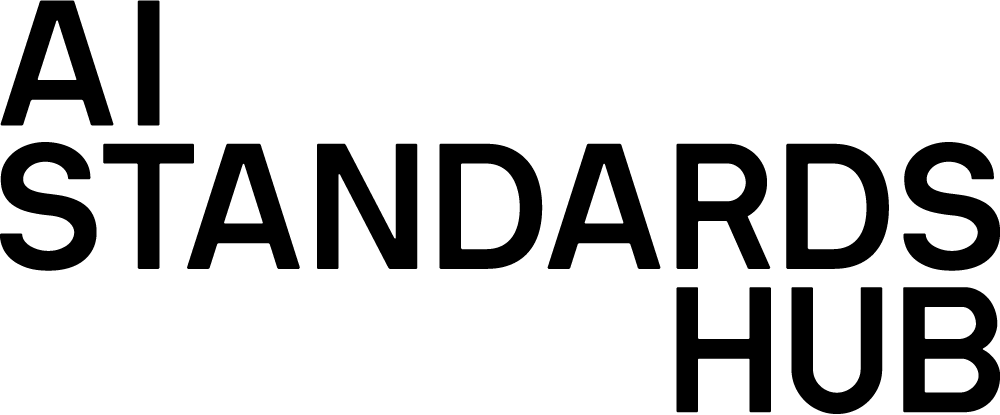Software, systems and enterprise. Architecture processes
Last updated: 18 Jul 2024
Development Stage
Pre-draft
Draft
Published
Abstract
This document establishes a set of process descriptions for the governance and management of a collection of architectures and the architecting of entities. This document also establishes an enablement process description that provides support to these other architecture processes.
The processes defined in this document are applicable for a single project, as well as for an organization performing multiple projects. These processes are applicable throughout the life of an architecture or a collection of architectures. These processes are applicable for managing and performing the activities within any stage in the life cycle of the architecture entities. © ISO/IEC 2022 All rights reserved
Scope
What is ISO/IEC/IEEE 42020 – Architecture processes about?
ISO/IEC/IEEE 42020 establishes a set of process descriptions for the governance and management of a collection of architectures and the architecting of entities. This document also establishes an enablement process description that provides support to these other architecture processes.
The processes defined in ISO/IEC/IEEE 42020 are applicable for a single project, as well as for an organization performing multiple projects. These processes are applicable throughout the life of architecture or a collection of architectures. These processes are applicable for managing and performing the activities within any stage in the life cycle of the architecture entities.
Who is ISO/IEC/IEEE 42020 – Architecture processes for?
ISO/IEC/IEEE 42020 on Information technology is relevant to:
- Software Engineers
- Software developer
- Any entity responsible for testing and security of software
- Organizations providing system and software support
Why should you use ISO/IEC/IEEE 42020 – Architecture processes ?
The purpose of ISO/IEC/IEEE 42020 is to set the standard of performance for the governance, management, conceptualization, evaluation and elaboration of architectures, and activities that enable these processes.
ISO/IEC/IEEE 42020 can be used as a process reference model in establishing architecture practice and be used across a range of contexts and situations.
ISO/IEC/IEEE 42020 provides a process framework that contributes to the identification of job roles and responsibilities in the organization, along with requisite skills and competencies.
ISO/IEC/IEEE 42020 facilitates proper oversight, accountability, consistent governance and management, and alignment within and between architectures and enables proper implementation of architecture governance directives and change management architectures.
Overall, ISO/IEC/IEEE 42020 describes the architecture process to benefit the enterprises by facilitating effective planning and tracking of architecture effect, so that products can be developed efficiently.
© British Standards Institution 2022
Purpose
0.1 Rationale for architecture processes;
The complexity of human-made systems has grown to an unprecedented level, which leads to new opportunities and greater challenges for organizations that create, trade and utilize systems. To address these opportunities and challenges, it is increasingly necessary to apply concepts, principles, procedures and tools to make better architecture-related decisions, more effective architectures, better architecture strategy and increased architecture maturity. Architecture-related activities are now strategic aspects of projects and enterprises, and the use of architecture frameworks has become common practice in commercial, government, civil and military domains.
Architecture is increasingly applied to systems—and to other entities that are not traditionally considered to be systems, such as enterprises, services, data, business functions, mission areas, product lines, families of systems, software items, etc. The concept of architecture used in this document goes beyond the traditional use where the architecture entity is a system. This allows for a more generalized usage of architecture when the processes in this document are applied. These entities are becoming more complex and architecture practices are increasingly adopted to manage the complexity.
Within enterprises and the engineering disciplines, acknowledgement is increasing for the value added by architecture, both as a practice and in the realization of artifacts that guide engineering and management activities. This document complements the architecture-related processes identified in ISO/IEC/IEEE 15288, ISO/IEC/IEEE 12207 and ISO 15704 with activities and tasks that enable architects and others to more effectively and efficiently implement architecture practices. Implementing these practices can help ensure that the architecture has greater influence on business and mission success. © ISO/IEC 2022 All rights reserved
External Links
Let the community know
Categorisation
Key Information
Referenced standards: ISO 21505, ISO/IEC/IEEE 15289, ISO/IEC 25020, ISO/IEC/TR 38502, ISO/IEC 33004, ISO/IEC 25000, IEEE Std 1517-1999, ISO/IEC 33002, ISO/IEC/IEEE 15939, ISO/IEC/IEEE 24765, ISO/IEC/IEEE 24748, ISO/IEC 25012, ISO/IEC/TR 24774, ISO/IEC 33020, ISO 31000, ISO/IEC 38500, ISO/IEC 7498-1, ISO/IEC 10746, ISO 15704:2000, ISO 9000:2015, ISO 21500, ISO/IEC 20000-1, ISO/IEC 25010, ISO/IEC/IEEE 15288:2015, ISO 19439, ISO/IEC 33001, ISO/IEC/IEEE 42010, ISO/IEC 27000, ISO/IEC/IEEE 12207, IEEE Std 1471:2000, ISO/IEC 19793, ISO/IEC/IEEE 42030


